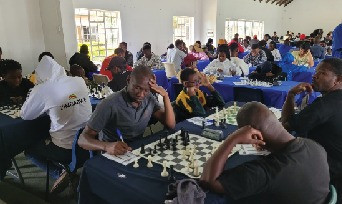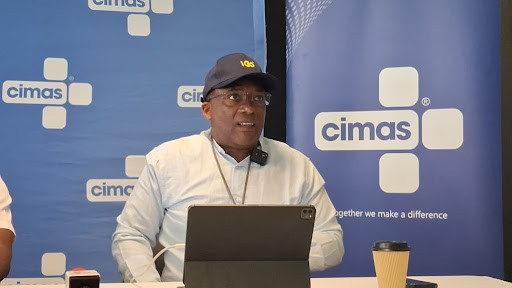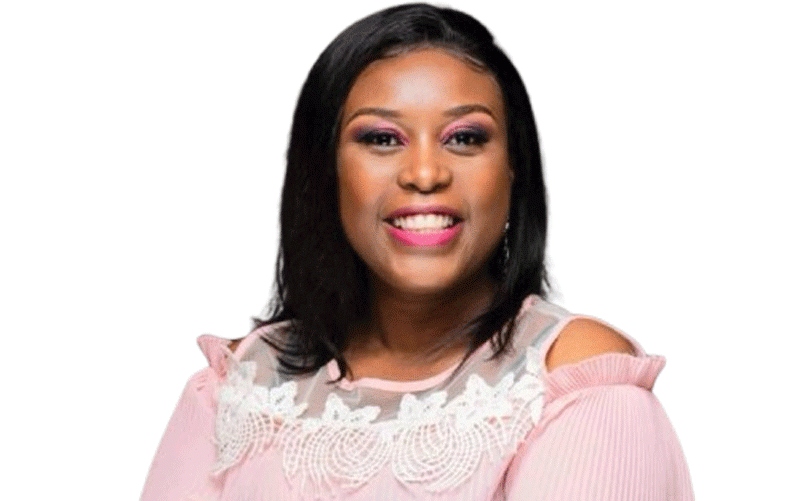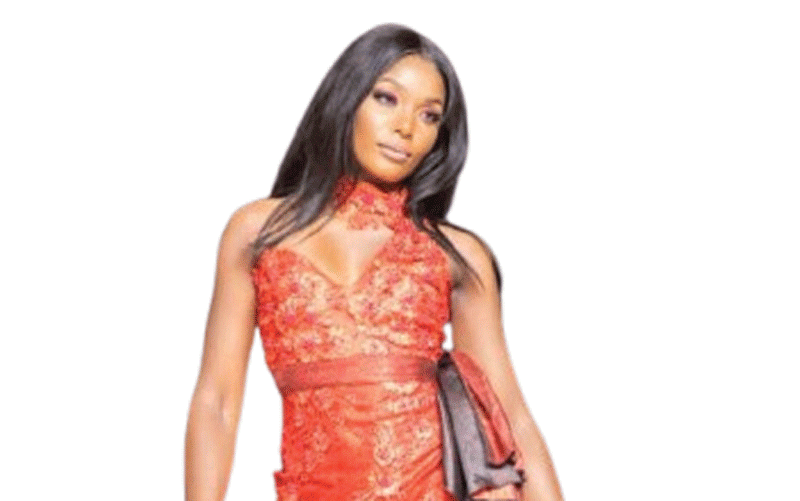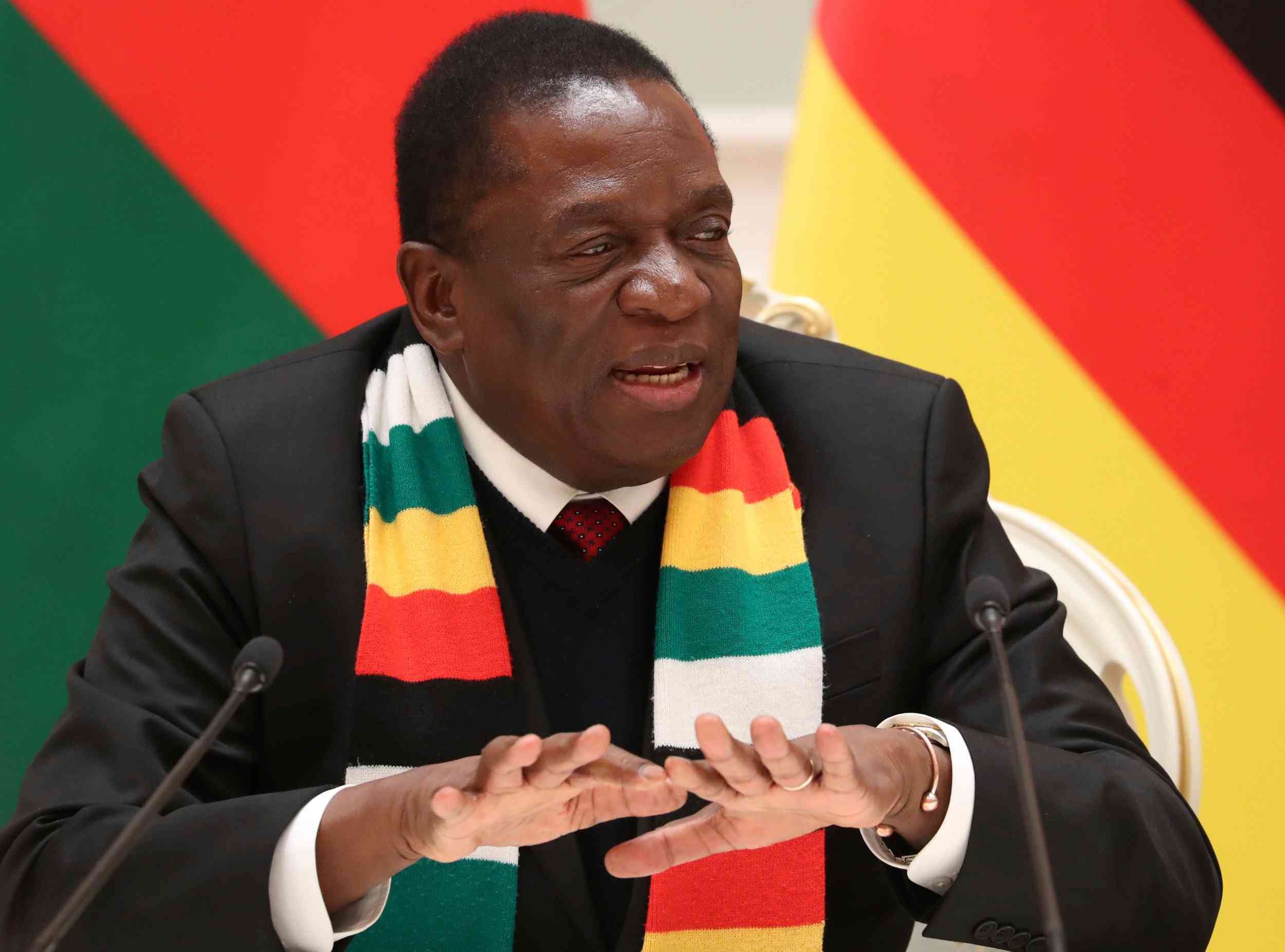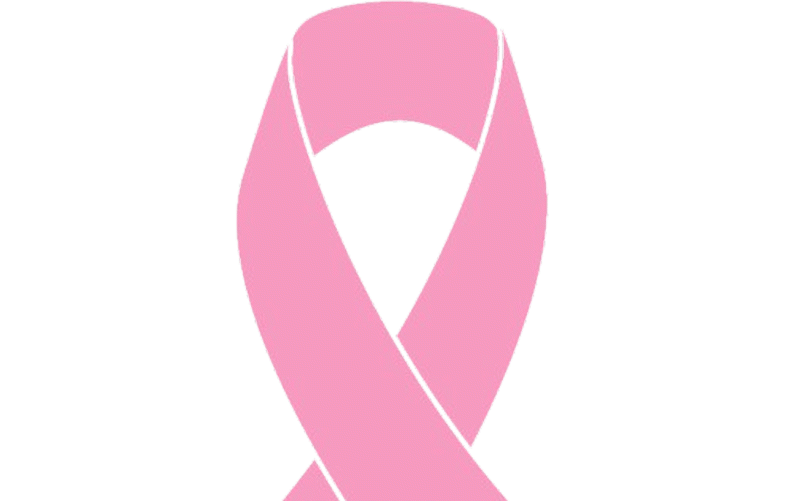
Every October, the world is awash in pink. From ribbons pinned to jackets to skyscrapers lit up in soft hues, Pinktober—Breast Cancer Awareness Month—has become a global spectacle of solidarity. Pink appears in schools, workplaces, sporting arenas, and supermarkets, creating a landscape that blends health advocacy with corporate branding. Yet beneath this annual flood of color lies a far deeper story, one that cannot be reduced to consumer goods or ribbon-shaped logos. At its heart, Pinktober is an evolving cultural moment where creativity, aesthetics, and personal expression intersect. By drawing on insights from art therapy and feminist critique, we can see how Pinktober embodies both healing potential and political tension, revealing how aesthetics become tools of advocacy, resistance, and self-representation.
The choice of pink as the dominant symbol of breast cancer awareness is far from neutral. Color, as cultural theorists remind us, always carries meanings shaped by history and ideology. Pink has long been associated with femininity, softness, and care, but also with fragility and stereotypes of dependency. In the context of Pinktober, the color is re-coded as a signifier of resilience and collective empathy. To wear or display pink is to signal solidarity with survivors and to honor those who have passed. However, as feminist scholar Samantha King (2006) argued in her influential book Pink Ribbons, Inc., this symbol has also been appropriated by corporations, often turning activism into marketing. The pink ribbon culture, she suggests, reduces breast cancer to a consumable cause, masking systemic inequalities and medical complexities behind glossy imagery and feel-good campaigns.
Against this backdrop, the arts offer a deeper layer of engagement. For those living with or beyond breast cancer, creative expression often becomes a lifeline. Art therapy, as Cathy Malchiodi (2012) and other scholars in expressive arts therapy have emphasised, provides a means of externalizing experiences that may be too overwhelming for words alone. A survivor painting an abstract canvas, for example, is not merely producing art for aesthetic value but is mapping emotions, fears, and hopes onto a surface where they can be confronted, shared, and transformed. The therapeutic process lies not in the finished piece but in the act of creation itself—what Malchiodi calls “a dialogue between the self and the image.” In this sense, art therapy repositions creativity as healing, a way of reasserting agency over a body and identity that illness has destabilised.
Pinktober, therefore, is not only a cultural campaign but also a stage for creative healing. Across the world, survivors participate in poetry readings, photography exhibitions, dance performances, and textile projects that tell their stories in personal and powerful ways. Scarves embroidered with names of the departed, murals celebrating survivorship, or fashion shows where mastectomy scars are revealed rather than hidden—all these are acts of reclaiming the narrative from statistics and stereotypes. They remind us that behind every ribbon is a story, and behind every story is a person negotiating illness, resilience, and identity.
Yet feminist thinkers caution us not to romanticise this pink aesthetic without critique. Barbara Ehrenreich, in her essay Welcome to Cancerland (2001), expressed discomfort at how breast cancer culture often infantiliswwes women through its reliance on pastel symbols and cheerful slogans. She argued that such imagery, far from empowering, sometimes suppresses valid expressions of rage, grief, and political anger by insisting that patients remain upbeat and compliant. Similarly, Audre Lorde’s seminal work The Cancer Journals (1980) underscores the importance of confronting breast cancer not only as an individual struggle but as a feminist issue, where silence, shame, and medical paternalism must be challenged. Lorde insisted on visibility—on refusing prosthetics that “normalized” her body and instead embracing the scar as both personal truth and political testimony. Her stance resonates deeply within the aesthetics of Pinktober, reminding us that expression is not merely decorative but an act of defiance.
When viewed through these feminist perspectives, the commercialisation of Pinktober becomes even more problematic. The saturation of pink products—from yogurt lids to luxury handbags—often channels consumer dollars into branding rather than meaningful research or patient support. In many cases, corporations profit from associating themselves with breast cancer awareness while contributing little to systemic change. Feminists argue that this commodification flattens the multiplicity of experiences into a single narrative of triumphant survivorship, sidelining those who are terminally ill, those without access to quality healthcare, or those whose stories do not fit the palatable, marketable script. The aesthetics of pink, in this light, risks erasing as much as it reveals.
And yet, this same aesthetic landscape can be reclaimed. When communities and artists subvert the expected pink symbols with raw, authentic creative works, they disrupt the complacency of corporate campaigns. Consider performance pieces that highlight the physical and emotional scars of treatment, photography exhibitions that juxtapose beauty with vulnerability, or fashion collections that transform mastectomy scars into patterns of strength. These are not simply artistic gestures—they are feminist interventions that reclaim agency, visibility, and truth from the glossy surface of pink consumerism.
Art therapy research reinforces this potential. Studies have shown that expressive arts interventions reduce anxiety, alleviate depression, and enhance coping strategies for patients with cancer (Stuckey & Nobel, 2010). More than clinical outcomes, however, the arts allow patients to frame their experiences on their own terms, resisting the passivity that illness can impose. In this way, art therapy aligns with feminist calls for agency, offering tools not only for healing but for speaking back to dominant narratives. Creativity becomes a site of both personal empowerment and political critique.
- Pinktober, aesthetics and the deeper art of expression
- Breast cancer awareness month inspires action and empathy
- Hre hosts Pinktober volleyball festival for cancer awareness
Keep Reading
What emerges, then, is a paradox. Pinktober is at once a global phenomenon of solidarity and a contested site of commercialisation. It is both a unifying aesthetic and a terrain of feminist resistance. To fully grasp its meaning, we must hold these tensions together. We must see the pink ribbon not only as a symbol of hope but also as an object of critique, and we must recognise art not only as decoration but as survival, testimony, and protest.
If we approach Pinktober as a creative movement rather than a corporate campaign, new possibilities open up. Instead of relying solely on predictable pink aesthetics, we can embrace the plurality of artistic expressions that reflect the full spectrum of the breast cancer experience. From grief to resilience, from silence to song, these expressions push awareness beyond slogans and into the realm of lived reality. Art therapy helps us see how creativity heals; feminism helps us see how expression resists. Together, they remind us that Pinktober is not just about ribbons, but about stories—stories that demand recognition, justice, and transformation.
Ultimately, the deeper art of Pinktober lies not in the color that dominates the public eye but in the human creativity that insists on being seen and heard. Through poetry, painting, photography, fashion, and performance, those affected by breast cancer transform vulnerability into beauty and silence into dialogue. In this merging of aesthetics and advocacy, the month of October becomes not only a time of awareness but also a canvas for remembrance, resistance, and reimagining.
- Raymond Millagre Langa is a Zimbabwean creative—musician, poet, orator, writer—and founder of the Indebo Edutainment Trust, who writes widely about how art can be used for social change, including disability rights, gender-based violence and youth education.

